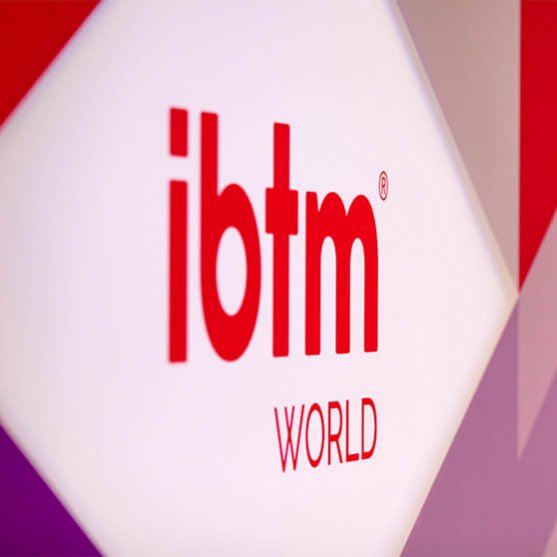Keep control of your meeting

Share news
Listen
Meetings do not always happen in an orderly manner and you may not always get to finish your meeting on time, nor to get all the information you need.
Scenario: You are chairing a meeting. You got a team of people together to discuss on a topic.
The group arrives.
You present the agenda, everyone listens to you and contributes to the meeting and you got the information that you needed.
You thank everyone and you end the meeting.
Simple right? Well, this is an ideal meeting – no fuss, no buzz. Meetings do not always happen in an orderly manner and you do not always get to finish your meeting on time, nor getting all the information that you need.
So, what does it take to keep your meeting under control? Here are some tips to help you do just that!
Prepare yourself
1) Arrive earlier. Familiarise yourself with the room, arrange it the way you want it, and test the AV equipment.
2) Go through your notes again – be clear what are the end objectives that you want to achieve out of this meeting. Focus on them.
3) Are there handouts to be given? Do you have enough copies for everyone? Prepare enough to avoid any logistical interruptions.
4) Do not wear any glaring jewellery, as it can be distracting for the audience.
5) Make sure you have a watch with you to keep track of time.
6) If beverages or snacks are to be served, try ot have them ready before the meeting. Decide if you want people to eat or drink during the meeting. If not, get the people to sit down quickly to avoid the distraction. If they are to be served during a break, delegate the responsibility to someone else to make sure that they arrive on time ot replenished when needed.
Position yourself
1) Position yourself. Sit in the "power" position. As you are chairing the meeting, the head of the table or the side facing the door are the most desired locations.
2) Make sure you are seated where everyone can see and hear you, and vice versa.
3) Prepare a written agenda, start on time, and let participants know when the meeting will end. Keep things and the momentum moving.
4) Decide how you are going to start. Your introduction of the agenda will either grab or loose people’s interest.
5) Keep your meeting short. Executives soend 25% – 70% of their day in meetings, and consider about one third of those meetings to be unproductive. Arrange the agenda so that topics that do not require the entire group are discussed later, allowing those that are not invloved in these later topics to leave earlier.
Project yourself
1) Put on a smile, start the meeting on a pleasant note, but be assertive.
2) Speak in a strong voice and loud enough so that everyone will hear you. People will pay attention.
3) Maintain eye contact. Participants will be sure of your interest.
4) Adopt a good sitting posture. Do not slouch, stay attentive and interested.
5) Avoid playing with your pen and doodling on your notes.
6) Facilitate the conversations. Allow people to give their input, clarify points and move on when an agreeement is made.
7) Do not allow any interruptions when you or someone else is talking. Cut people off or ask them to wait for their turn to speak.
Ending the meeting
1) Wrap up or summarise the meeting and thank everyone for their attendance and contributions.
2) Invite people to send follow-up notes if new ideas occur to them after the meeting. Communicate clearly where these notes should be sent to.










